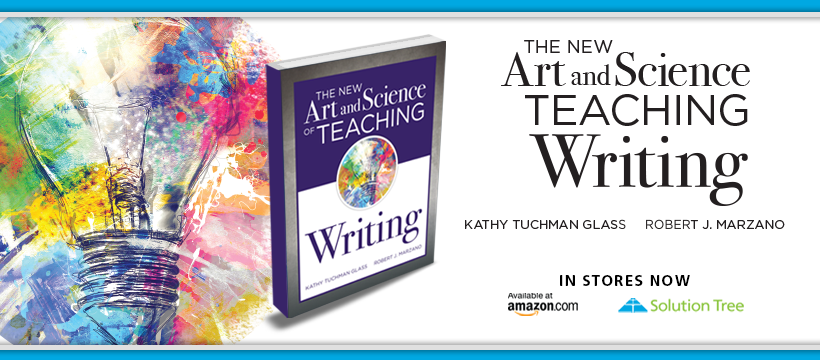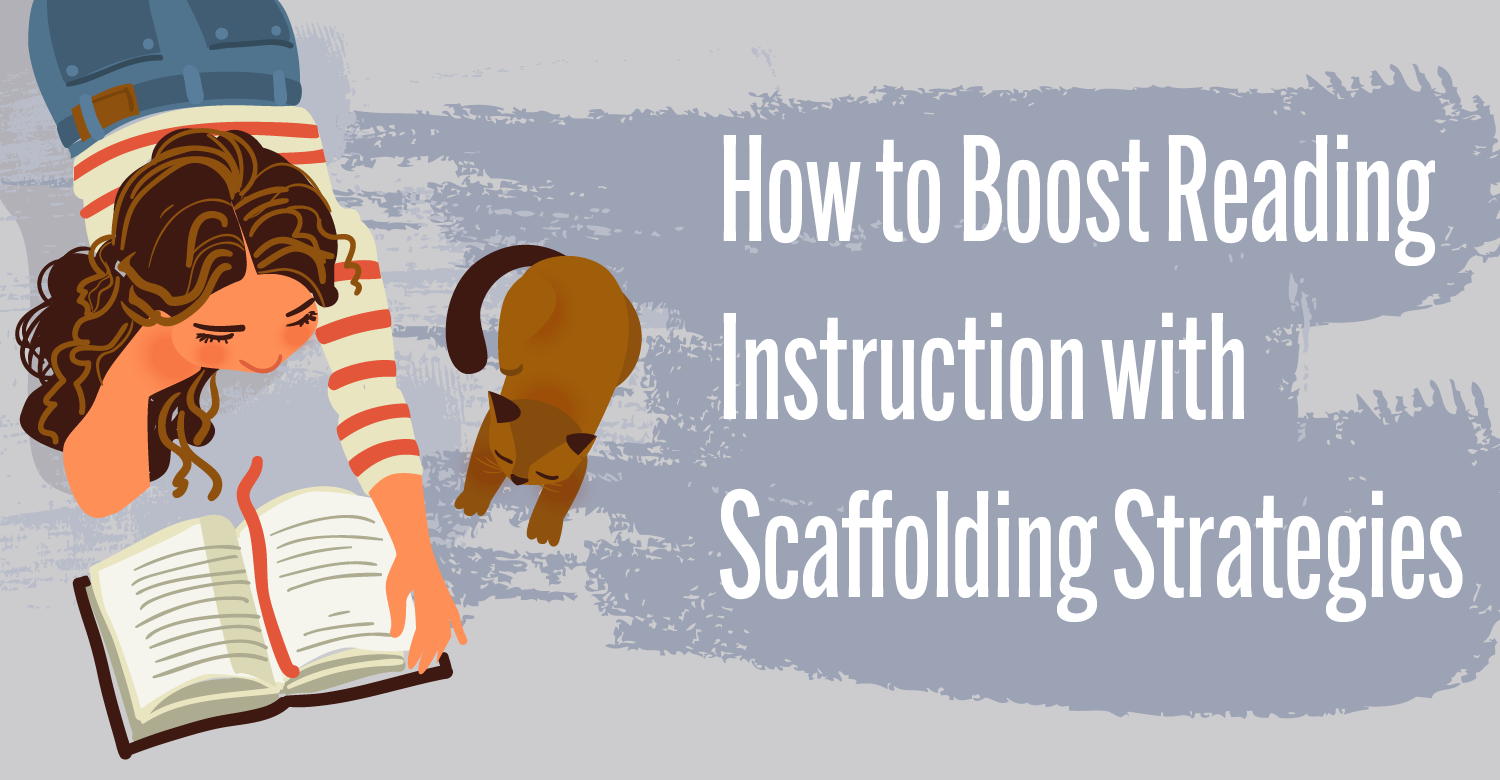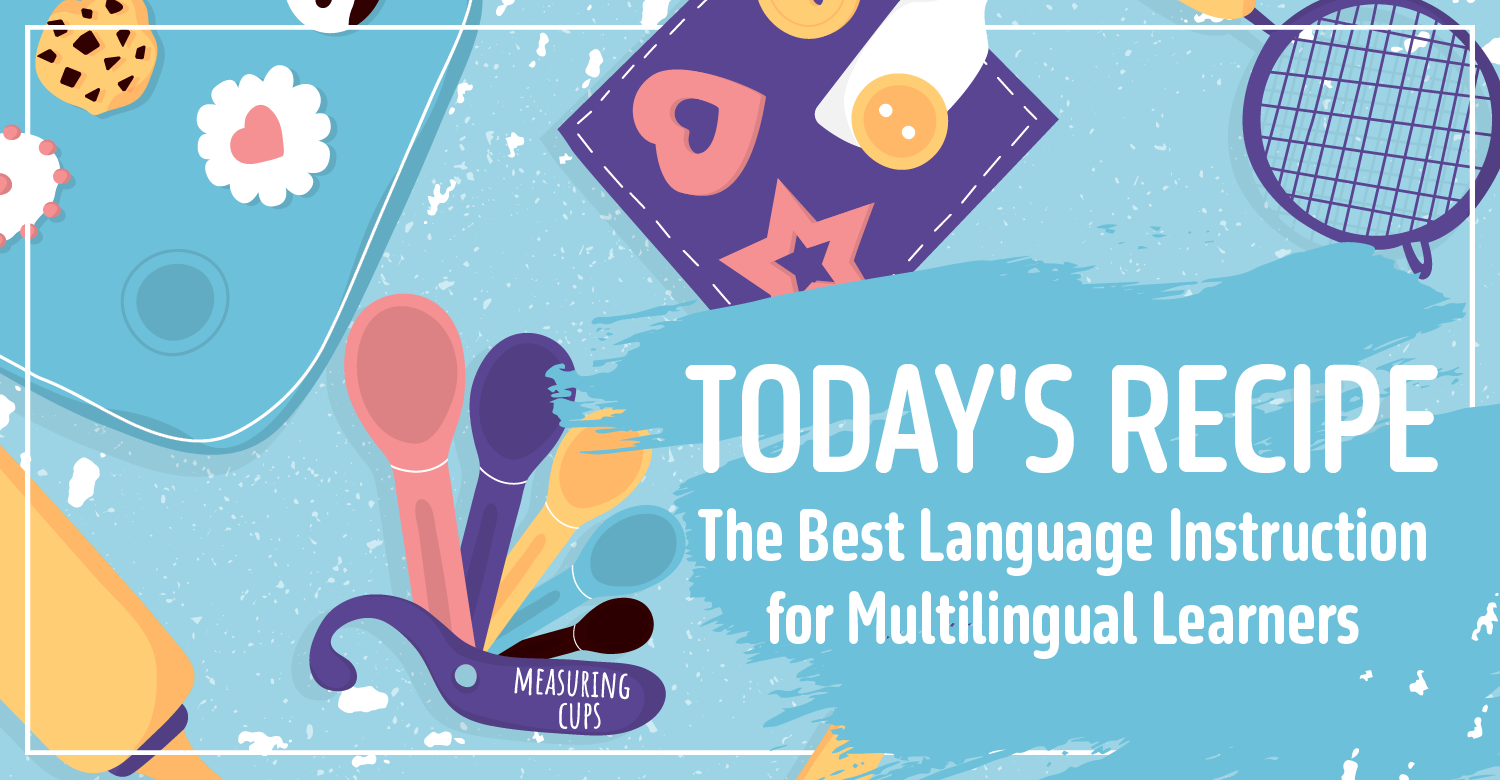In The New Art and Science of Teaching (2017), Bob Marzano provides a comprehensive model of instruction that represents a more expansive and updated version of his original 2007 text The Art and Science of Teaching. The title indicates that “research (in other words, science) must certainly guide good teaching, but teachers must also develop good teaching as art” (p. 18, 2018).
The Framework for Instructional Strategies
The overall model is organized by three overarching categories.
- Feedback: The information and input teachers offer students so they know what they should be learning regarding certain topics and their current performance level with respect to them.
- Content: The sequencing and pacing of lessons from students initially understanding knowledge to applying it in novel ways.
- Context: Strategies that ensure all students meet psychological needs, specifically engagement, order, a sense of belonging, and high expectations. (Marzano, 2017)
Emanating from these three categories are ten actions in which teachers engage to expressly elicit specific mental states and process in students. This angle shifts the focus from what the teacher does, which is surely important, but more emphatically on what the teacher does that causes learning to occur. For example, teachers can conduct direct instruction lessons which, in turn, creates this mental state: When new content is being presented, students understand which parts are important and how the parts fit together. The model then provides forty-three elements of detailed guidance for these categories. At the finest level of detail are over 330 specific instructional strategies embedded in the elements.
In a companion book that we co-authored, The New Art and Science of Teaching Writing (2018), Bob and I share concrete examples of specific strategies that teachers can employ in their classrooms with respect to teaching writing. This blog focuses on two concrete strategies: summaries used to highlight differences and similarities between topic and an academic game.
Succinctly Summarize to Compare Topics
In The New Art and Science of Teaching, summaries are used in different ways as an effective instructional strategy. The summary strategy featured here resides within this hierarchy:
Category: Content
Teacher Action: Conducting Practicing and Deepening Lessons
Element 10: Examining Similarities and Differences
The summarizing strategy within element 10 is expressly designed to uncover the similarities and differences of topics. Students can certainly write a formal summary identifying the main ideas and significant details of a lengthy complex text, which element 8 discusses.
This particular version of a summary, though, asks students to capture the essence of a text by examining what is alike and different about two opposing topics. A creative and succinct way students can exhibit this understanding is through a diamante poem, which adheres to these directions.
Diamante Formula
- Line 1: Enter a character, individual, concept, or other topic; skip to line 7 and enter an opposite character, individual, concept, or other topic.
- Line 2: Write two adjectives associated with line 1 entry.
- Line 3: Write three participles or verbs associated with line 1 entry.
- Line 4: Write four nouns—two pertaining to line 1; two pertaining to line 7.
- Line 5: Write three participles or verbs associated with line 7 entry.
- Line 6: Write two adjectives associated with line 7 entry.
- Line 7: Enter a character, individual, concept, or other topic opposite from line 1.
The possibilities for demonstrating understanding of complex text through this task are extensive. Teachers can lead a brainstorming session for students to generate opposing topics as the basis for their poems. This exercise furthers their exposure and fosters critical thinking about the content.
In ELA, students can write to compare a protagonist and antagonist or two thematic concepts like utopia and dystopia. In history, two opposing groups or individuals engaged in a conflict, or an ancient civilization juxtaposed with a modern society, can be the focus. In science, students can target different ecosystems or two scientific methods. Individuals or pairs of students can select a topic from the list and create their diamante poems. Below is an example highlighting genres of writing.
Research Report
Informative Evidence-based
Researched Organized Formatted
Expository Primary sources — Plot Character
Absorbing Entertaining Engaging
Creative Suspenseful
Realistic Fiction
Engage Students in Content Through Academic Games
Conducting games is another strategy teachers can employ, which is within the following hierarchy:
Category: Context
Teacher Action: Using Engagement Strategies
Element 30: Using Academic Games
One game students can participate in is individually writing various clues aligned to a topic in a complex text students have read. One by one, the student shares his or her clues to a group or the whole class, pausing after each clue to allow classmates to guess the topic. Students strategically reveal clues in order of most to least challenging, so that they do not give away the answer too early. By creating the clues and working to reveal the subject of them, students are both demonstrating understanding of content material and actively engaged in learning. See the example below:
- Needed for various purposes.
- Comes in multiple forms.
- Accessed in many ways.
- Must be given proper recognition.
- Can be translated into different languages.
- Difficult to interpret sometimes.
- Used in speeches, writing, and even conversation.
Answer: Sources
By focusing on student outcomes, The New Art and Science of Teaching delves into myriad instructional strategies that generate certain mental states and processes in learners’ minds. In doing so, it enhances their capabilities and expands their learning. Our new text—The New Art and Science of Teaching Writing—features strategies that can be used across content areas and grades within the realm of writing.
Resources:
Marzano, R. J. (2007). The art and science of teaching: A comprehensive framework for effective discussion. Alexandria, VA: Association for Supervision and Curriculum Development.







